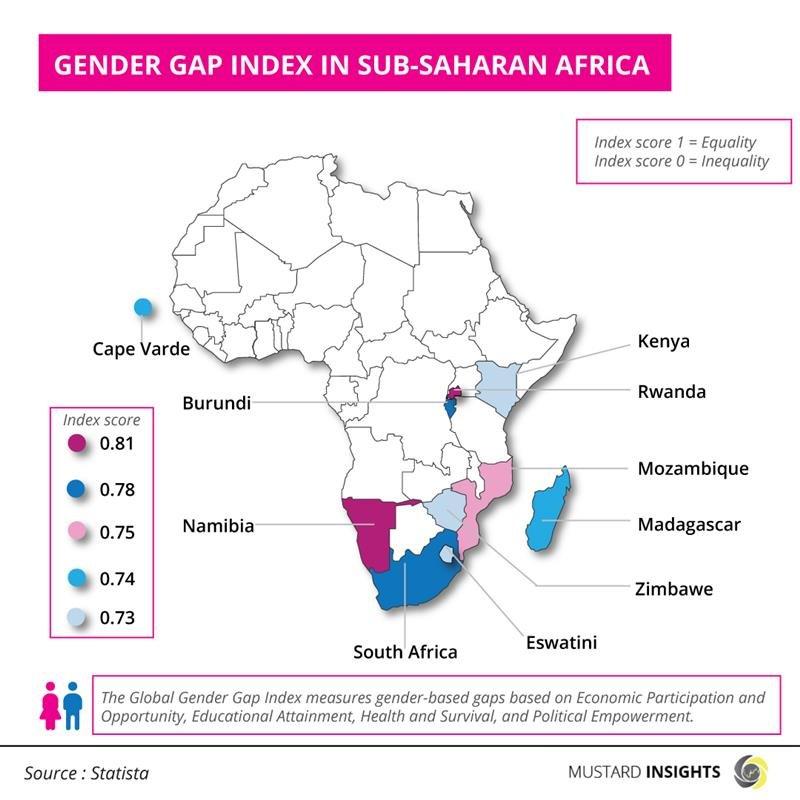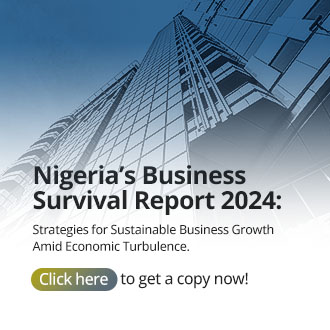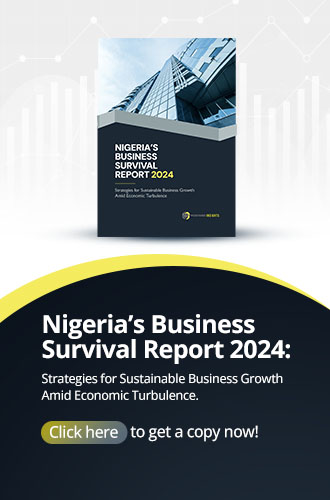Women are responsible for 60% of work done globally yet they earn just 10% income and 1% of property. In Africa, 70% of women are excluded financially, while the continent has a US$42 billion financing gap between men and women.

Gender equality is the state of both the male and female genders having equal conditions, treatment, and opportunities towards the realization of their full potential, human rights, and dignity. It also includes contributing to and benefiting from economic, social, cultural, and political development regardless of gender discrimination. While the United Nations alongside a myriad of international organizations have deemed it to be a fundamental human right, gender inequalities remain predominant particularly on the African continent.
According to Global Partnership, Women are responsible for 60% of work done globally yet they earn just 10% income and 1% of property. In Africa, 70% of women are excluded financially, while the continent has a US$42 billion financing gap between men and women.
Data by Statista reveals the Gender gap Index in Sub-Saharan Africa (SSA). Its scorecard measures gender-based gaps based on four key areas:
Economic Participation and Opportunity – This is an individual's engagement in work, and their access to economic resources that results from such participation.
Educational Attainment – It refers to the highest level of education that an individual has completed.
Health and Survival – This measure provides an estimate of the number of years that women live in good health by considering the years lost to violence, disease, malnutrition and other relevant factors
Political Empowerment – This refers to the degree of self-determination and autonomy women have to represent their own interests.
The highest possible score is one, which signifies total equality between women and men. The following are how nations across the SSA performed.
Rwanda and Namibia Take the Top Spots in Support of Gender Equality
Rwanda and Namibia placed first and second respectively with a joint index of 0.81.
The Government of Rwanda is strongly committed to promoting equality and equity amongst all Rwandans by ensuring that socially and historically disadvantaged as well as vulnerable people are the main beneficiaries of its pro-poor programs. Article 16 of the Constitution of the Republic of Rwanda of 2003 amended in 2015 stipulates that “All Rwandans are born and remain equal in rights and freedoms”, discrimination based on ethnic origin, skin colour or race, sex, economic categories, economic status, physical or mental disability…are prohibited and punishable by law”. According to the ministry of gender and family promotion, Rwanda has the highest number of women member of parliaments (chamber of deputies) with 61.3%. Other women representation in high level Government include: 53.3% in the cabinet of Ministers, 41% of Permanent Secretaries in Ministries, 49.7% in the Judiciary, 26.7% of District mayors as well as 45.2% of District Councilors. Women’s representation in the private sector is still limited in numbers, representing 30% of president of chambers in the private sector, 10% of the first presidency and 70% of the vice presidency of chambers in PSF According to the state of gender equality in Rwanda report, women represent 24.5% of accredited Journalists, 12.4% of chief editors and 14.1% owners of managers of media houses.
Namibia is located in southern Africa and has a population of 2.56 million. The Namibian Constitution provides the foundation for principles of gender equality in Namibia. Article 10 of the Constitution states that: “All persons are equal before the law. No persons may be discriminated against on the grounds of sex, race, colour, ethnic origin, religion, creed or social or economic status”. Rwandan women are constitutionally required to hold at least 30% of elected positions, and 61% of their parliament is made up of women. Furthermore, 50% of the country's ministerial positions are filled by women, and four of the seven supreme court justices are women. In terms of education, there are 102 girls for every 100 boys in primary school. For every 100 boys in secondary school, there are 113 girls (Ministry of Gender Equality and Child Welfare).
It's important to note that Rwanda and Namibia, which placed sixth and seventh on the global list, also boasts more gender equality than France (16th), Spain (14th), Germany (11th), Switzerland (12th) and the United Kingdom (22nd).
Other Key Performers
South Africa- 0.78
Burundi- 0.78
Mozambique - 0.75
Cape Verde - 0.74
Madagascar - 0.74
Zimbabwe - 0.73
Kenya - 0.73
Eswatini - 0.73
Thoughts?
We won't share your email address. All fields are required.
